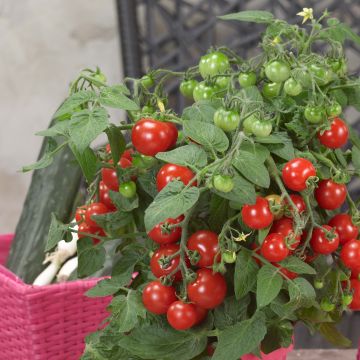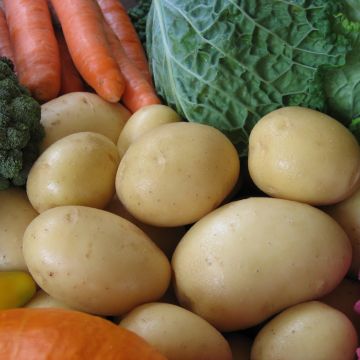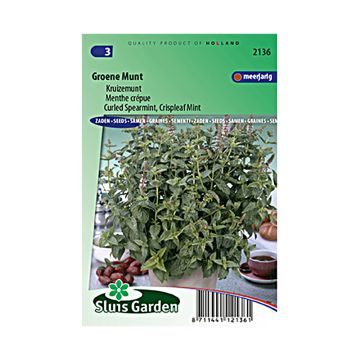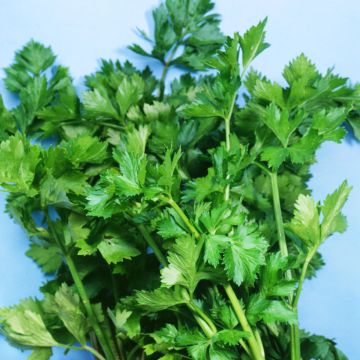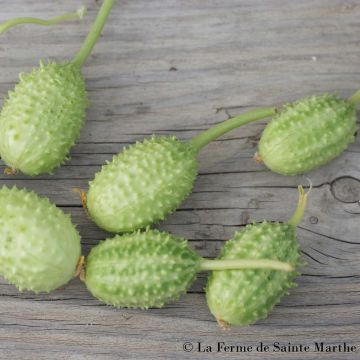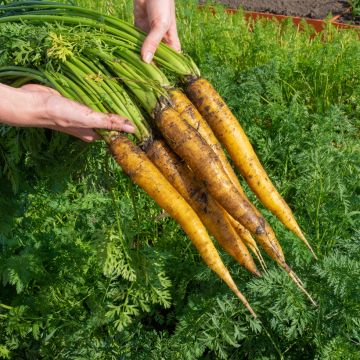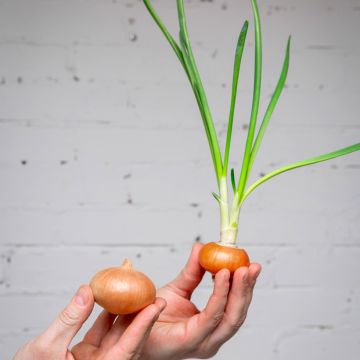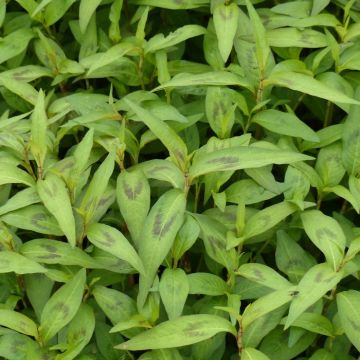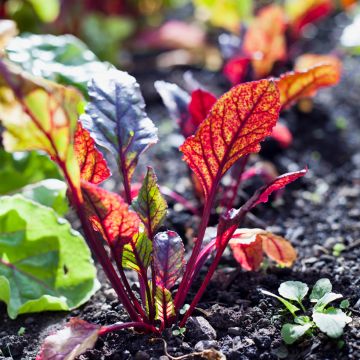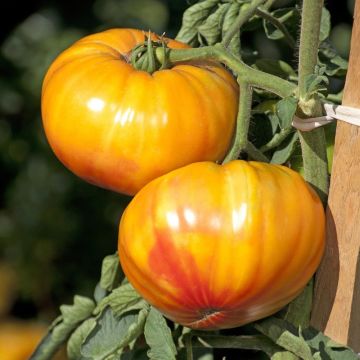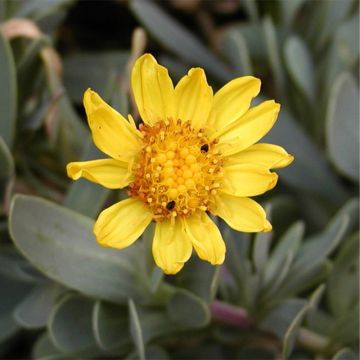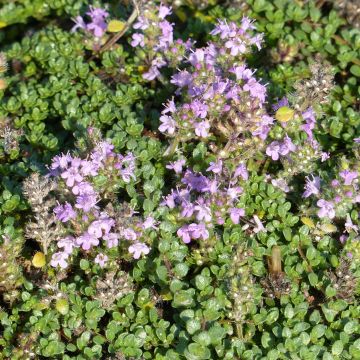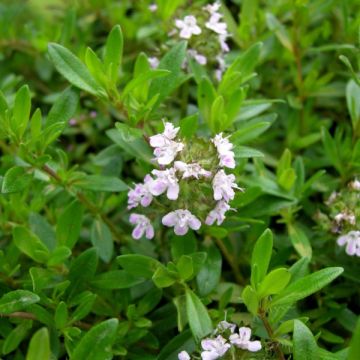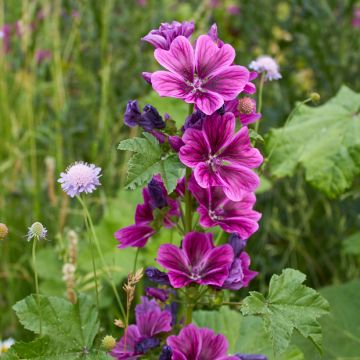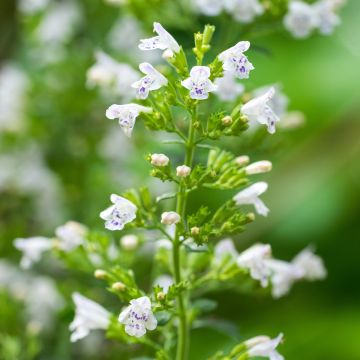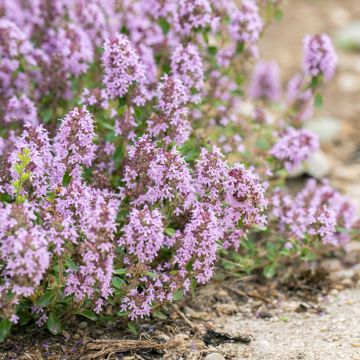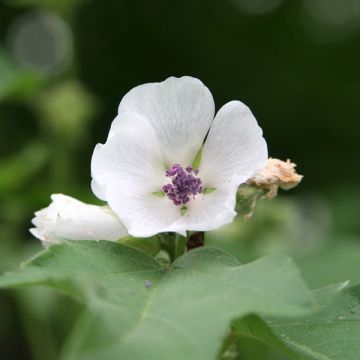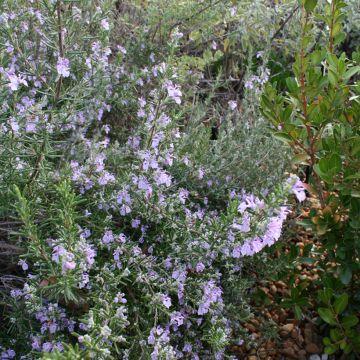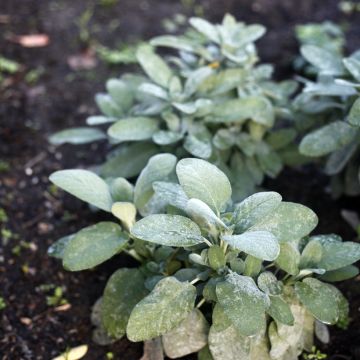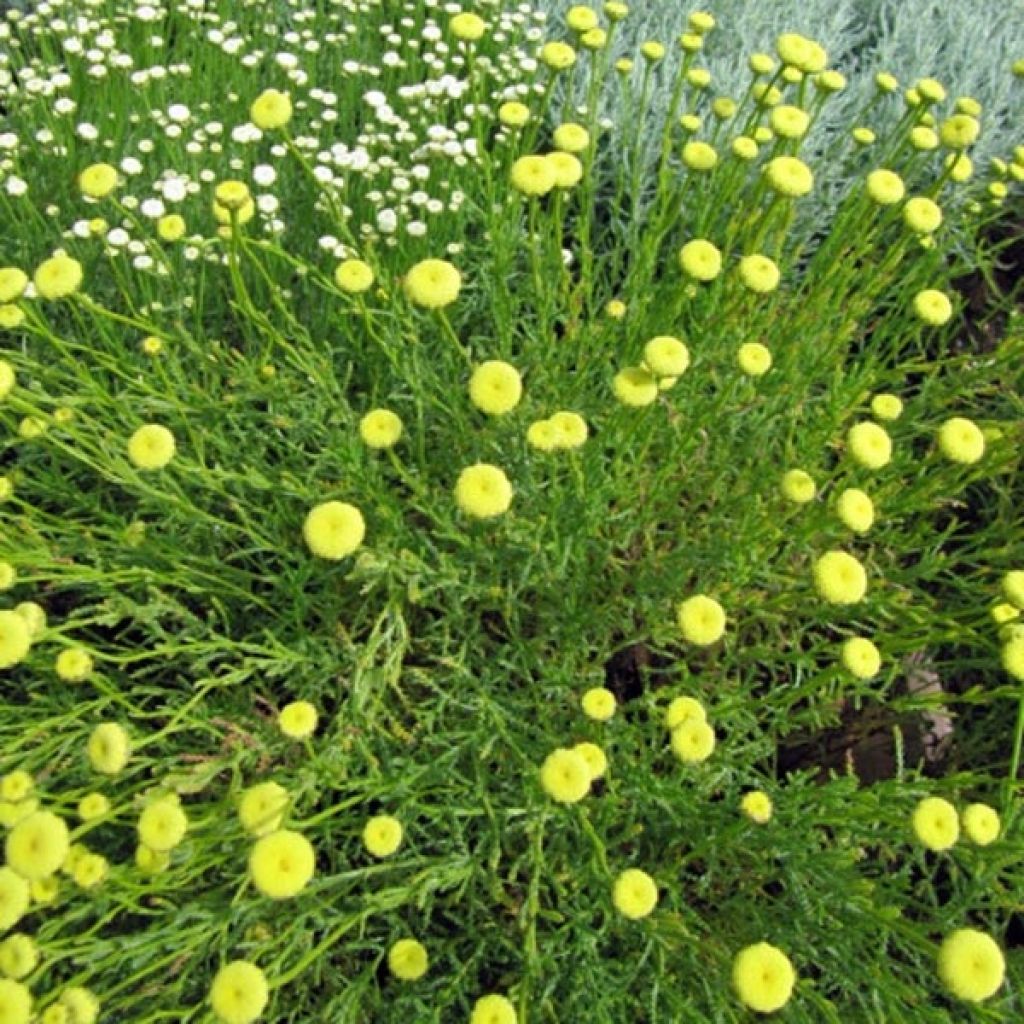

Herbe à olive - Santolina viridis en plant
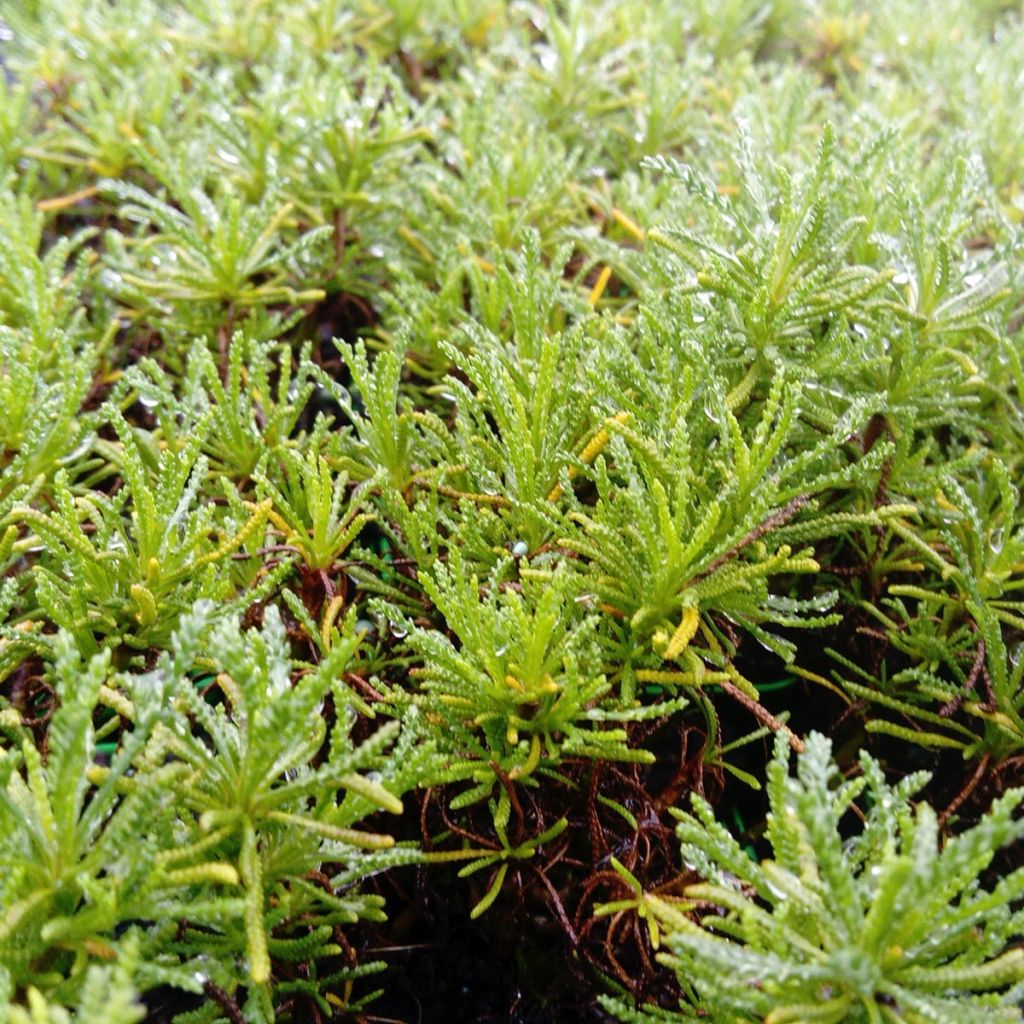

Herbe à olive - Santolina viridis en plant
Santolina viridis
Santolina viridis
Cotton Lavender, Olive Herb
Beautiful young plant, well-filled and lush green. I intend to place it in a wall where it will be next to the Edward Bowles cotton lavender. Cotton lavenders tolerate dry conditions well.
Agnès, 28/05/2023
This item cannot be shipped to the selected country
Delivery charge from €5.90
Delivery to Corse prohibited
More information
Schedule delivery date,
and select date in basket
This plant carries a 6 months recovery warranty
More information
We guarantee the quality of our plants for a full growing cycle, and will replace at our expense any plant that fails to recover under normal climatic and planting conditions.
From €5.90 for pickup delivery and €6.90 for home delivery
Express home delivery from €8.90.
Delivery to Corse prohibited: UE law prohibits the import of this plant from mainland France to Corse as part of the fight against Xylella fastidiosa. Please accept our sincere apologies.
More information

Description
The olive herb is none other than Santolina viridis. It is a distinct species from the Rosemary-leaved Santoline (S. rosmarinifolia) with which it is often confused, the latter having less delicate foliage and a less pleasant scent. It is a highly aromatic shrub whose foliage releases a complex, powerful scent when crushed, with dominant herbaceous and pungent notes of olive mixed with balsamic hints of Eucalyptus and earthy bergamot. Its dried branches are used to make potpourri, in closets to repel moths, in pet baskets to ward off moths, or to flavour olive oil. It can be planted in vegetable gardens, rockeries, dry gardens, or pots. Always place it in full sun, in a well-drained soil.
Santolina viridis belongs to the Asteraceae family. It is an evergreen shrub native to the Mediterranean Basin, adapted to rocky and poor limestone soils, summer drought, and fairly harsh winters: the plant is hardy down to -12°C (10.4 °F) in well-drained soil. This santolina naturally forms a regular ball shape, which can be kept compact through annual pruning. At maturity, it reaches about 50 cm (20 in) in height and 70 cm (28 in) in width. Its foliage is finely cut, with an intense green colour throughout the year. In summer, around June-July depending on the climate, it is adorned with small light yellow pompom flowers without petals.
In ornamental gardens: plant santolina in rockeries, gravel beds, slopes, or in a pot that you can place on the terrace or balcony. This plant tolerates pruning well and is suitable for topiary art; it can create beautiful green borders all year round. Make sure to provide it with a light, well-drained growing medium, preferably alkaline. A potted plant will need regular watering, while a plant in the ground will not require any watering once established.
Harvest: pick santolina branches as needed. Tie them into small, loosely packed bundles and dry them in a dark, well-ventilated room, hanging them upside down.
Report an error about the product description
Harvest
Plant habit
Foliage
Other Vegetable garden A to Z
Planting and care
Green santolina is a scrubland plant, not very demanding, but it requires a very sunny site and well-drained, stony, rocky or sandy soil, not too rich to poor. This plant hates clayey, heavy and compact soils that get very wet in winter. Once well established in the ground it needs no watering at all. Pot cultivation is easy, in a light potting soil supplemented with a bit of sand. Water your potted plants very regularly.
Cultivation
Care
Intended location
-
, onOrder confirmed
Reply from on Promesse de fleurs
Herbs
Haven't found what you were looking for?
Hardiness is the lowest winter temperature a plant can endure without suffering serious damage or even dying. However, hardiness is affected by location (a sheltered area, such as a patio), protection (winter cover) and soil type (hardiness is improved by well-drained soil).

Photo Sharing Terms & Conditions
In order to encourage gardeners to interact and share their experiences, Promesse de fleurs offers various media enabling content to be uploaded onto its Site - in particular via the ‘Photo sharing’ module.
The User agrees to refrain from:
- Posting any content that is illegal, prejudicial, insulting, racist, inciteful to hatred, revisionist, contrary to public decency, that infringes on privacy or on the privacy rights of third parties, in particular the publicity rights of persons and goods, intellectual property rights, or the right to privacy.
- Submitting content on behalf of a third party;
- Impersonate the identity of a third party and/or publish any personal information about a third party;
In general, the User undertakes to refrain from any unethical behaviour.
All Content (in particular text, comments, files, images, photos, videos, creative works, etc.), which may be subject to property or intellectual property rights, image or other private rights, shall remain the property of the User, subject to the limited rights granted by the terms of the licence granted by Promesse de fleurs as stated below. Users are at liberty to publish or not to publish such Content on the Site, notably via the ‘Photo Sharing’ facility, and accept that this Content shall be made public and freely accessible, notably on the Internet.
Users further acknowledge, undertake to have ,and guarantee that they hold all necessary rights and permissions to publish such material on the Site, in particular with regard to the legislation in force pertaining to any privacy, property, intellectual property, image, or contractual rights, or rights of any other nature. By publishing such Content on the Site, Users acknowledge accepting full liability as publishers of the Content within the meaning of the law, and grant Promesse de fleurs, free of charge, an inclusive, worldwide licence for the said Content for the entire duration of its publication, including all reproduction, representation, up/downloading, displaying, performing, transmission, and storage rights.
Users also grant permission for their name to be linked to the Content and accept that this link may not always be made available.
By engaging in posting material, Users consent to their Content becoming automatically accessible on the Internet, in particular on other sites and/or blogs and/or web pages of the Promesse de fleurs site, including in particular social pages and the Promesse de fleurs catalogue.
Users may secure the removal of entrusted content free of charge by issuing a simple request via our contact form.
The flowering period indicated on our website applies to countries and regions located in USDA zone 8 (France, the United Kingdom, Ireland, the Netherlands, etc.)
It will vary according to where you live:
- In zones 9 to 10 (Italy, Spain, Greece, etc.), flowering will occur about 2 to 4 weeks earlier.
- In zones 6 to 7 (Germany, Poland, Slovenia, and lower mountainous regions), flowering will be delayed by 2 to 3 weeks.
- In zone 5 (Central Europe, Scandinavia), blooming will be delayed by 3 to 5 weeks.
In temperate climates, pruning of spring-flowering shrubs (forsythia, spireas, etc.) should be done just after flowering.
Pruning of summer-flowering shrubs (Indian Lilac, Perovskia, etc.) can be done in winter or spring.
In cold regions as well as with frost-sensitive plants, avoid pruning too early when severe frosts may still occur.
The planting period indicated on our website applies to countries and regions located in USDA zone 8 (France, United Kingdom, Ireland, Netherlands).
It will vary according to where you live:
- In Mediterranean zones (Marseille, Madrid, Milan, etc.), autumn and winter are the best planting periods.
- In continental zones (Strasbourg, Munich, Vienna, etc.), delay planting by 2 to 3 weeks in spring and bring it forward by 2 to 4 weeks in autumn.
- In mountainous regions (the Alps, Pyrenees, Carpathians, etc.), it is best to plant in late spring (May-June) or late summer (August-September).
The harvesting period indicated on our website applies to countries and regions in USDA zone 8 (France, England, Ireland, the Netherlands).
In colder areas (Scandinavia, Poland, Austria...) fruit and vegetable harvests are likely to be delayed by 3-4 weeks.
In warmer areas (Italy, Spain, Greece, etc.), harvesting will probably take place earlier, depending on weather conditions.
The sowing periods indicated on our website apply to countries and regions within USDA Zone 8 (France, UK, Ireland, Netherlands).
In colder areas (Scandinavia, Poland, Austria...), delay any outdoor sowing by 3-4 weeks, or sow under glass.
In warmer climes (Italy, Spain, Greece, etc.), bring outdoor sowing forward by a few weeks.

































